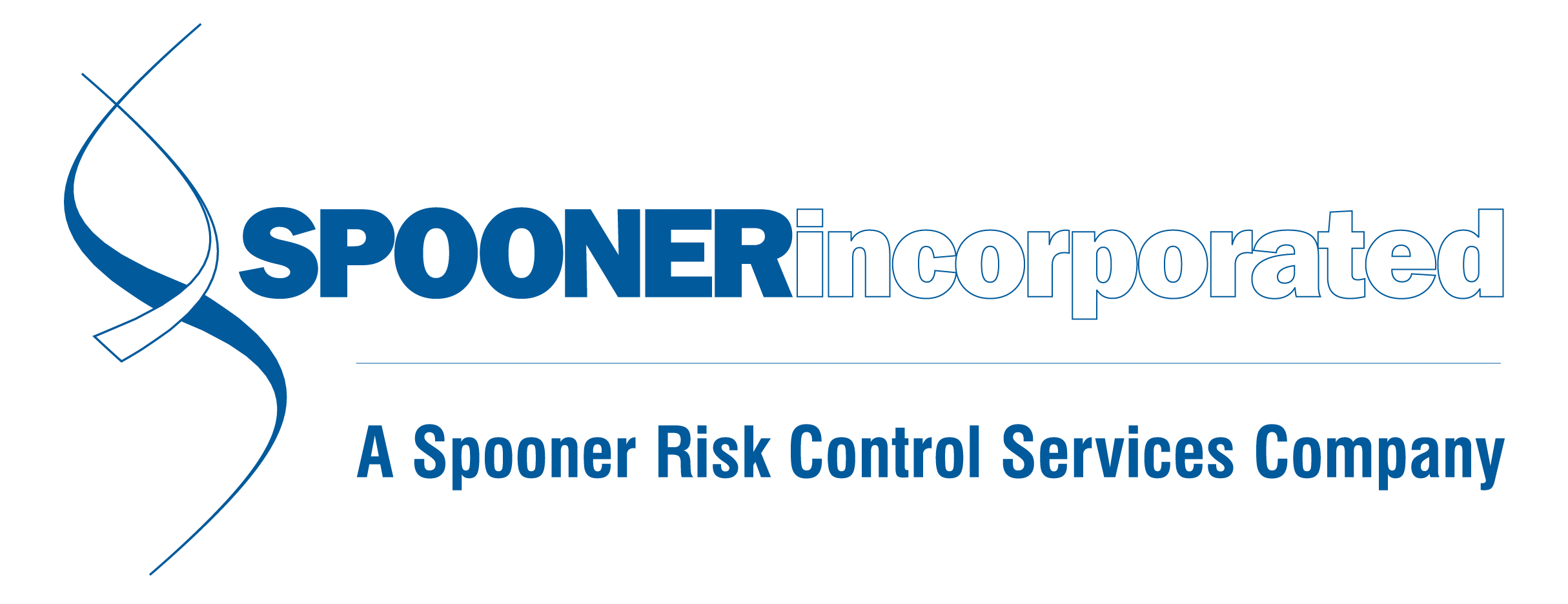News and Updates
Month: September 2024
Letters Regarding 2018 Group Retro Refunds
You may have received, or will soon receive a letter from Ohio BWC stating that they are “unable to approve your request” to issue premium refunds based on 2018 Group Retrospective Rating. To recap, BWC chose to withhold 2018 Group Retro refunds from Ohio employers in light of the large dividend that was released to employers in 2020. Spooner appealed that decision on behalf of our clients with the intent of getting those Group Retro refunds paid out to participating employers, like your business. Spooner has maintained our stance and our fight over the last three years as the hearings and appeals process has continued to play out. Why did we receive this letter? These letters are a response to the protests we filed on behalf of Spooner clients who participated in 2018 Group Retro. We filed these requests to preserve our appeal rights, should we continue to be successful with the legal action that is now before the Court of Common Pleas. We have concerns that if we prevail in the legal proceedings, BWC may attempt to pay only the lead plaintiff in the case, as opposed to all Group Retro members. Why now? The final snapshot to determine refunds for the 2018 group retro program was on June 30, 2022. We filed the appeals at the end of June 2024 to comply with the two-year statute for filing protests with BWC. What should we do now? There is nothing that employers need to do at this time. If it becomes apparent that action is needed
Changes Coming for 2025 True Up
With the filing deadline over a month behind us now, hopefully your policy’s 2023-2024 BWC True Up has been completed. The reporting period has historically been July 1through August 15, with a grace period of 30 days. Spooner’s team has been notified that for the current and coming policy years, the True Up period for reporting payroll and paying any remaining balances will be July 1 through August 31, with no grace period. It’s important to note that failure to True Up can impact your eligibility for Group Rating and Group Retro, which can translate to thousands of dollars in lost
HazCom Standard Update
OSHA Issues Final Rule on HazCom Standard to Align with Revised GHS In July, OSHA’s final rule on the Hazard Communication Standard for classifying and labeling chemicals went into effect, and will be phased in over a four year period. Changes were made to the standard so that it will align with the 7th revision of the UN’s Globally Harmonized System (GHS), and will impact chemical manufacturers, importers, distributors and employers utilizing hazardous chemicals. The updated standard includes changes to definitions that will impact labeling, handling and classification of hazardous chemicals. Here are some high points: • Additions the definition of Bulk shipment, Combustible dust, Gas, Immediate outer package, Liquid, Physician or other licensed health-care professional (PLHCP), Released for shipment, and Solids. • Clarifications to the definition of Exposure or Exposed, Pyrophoric gas • An addition to Section (f)(5) Transportation clarifying labeling for bulk shipments and pictograms to align with Department of Transportation (DOT) requirements. This solves the issue of having to use both HCS and DOT pictograms for the same hazard. • Smaller containers may utilize special labelling. Capacities under 100 ml will have minimum labeling requirements of a product identifier, applicable pictograms, signal word, manufacturer’s name and phone numb
Preparing for Cold and Flu Season
The official start of flu season is considered October, but colds, seasonal flu, COVID and other viruses have already started circulating in and out of the workplace. The CDC and other organizations have conducted surveys showing how illness impacts the workplace. The medical journal Vaccine reports that the flu virus alone causes over 100 million missed workdays per year, which translates to roughly $16.3 billion in earnings. While employers may not be able to prevent contagious illness at work, there are plenty of measures that can be taken to reduce the spread of germs. Remember how anti-bacterial items were everywhere you turned during the peak of the COVID pandemic? There’s no reason to stop doing that. Especially during cold and flu season, we strongly encourage employers to take measures to reduce the spread of germs. Making things like hand sanitizers, anti-bacterial wipes and sprays, and tissues is always a good idea. Place anti-bacterial wipes near high-tough areas like postage machines, break rooms, copiers, etc. Prioritize handwashing. Make sure handwashing is accessible to all employees, and that restrooms and kitchen areas are stocked with soap and either paper towels or a hand dryer. Offer a voluntary, no-cost onsite vaccine clinic for employees, or provide information about how and where they can receive free vaccines for things like seasonal flu and current COVID variants. Check with your local occupational health facilit

